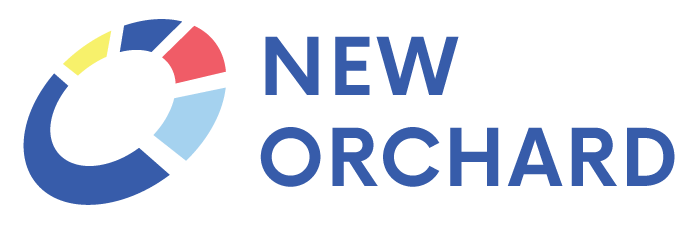Organizational Identity Index
Perception vs. Personality
The Organizational Identity Index (OII) assessment captures the core characteristics that define how your organization approaches key business areas such as strategy, resource allocation, implementation, and people management. By categorizing your organization into one of 16 distinct business types, the OII offers nuanced insights into your company’s identity and decision-making style. This understanding allows you to align your strategic initiatives with your business’s inherent strengths and address any areas of misalignment.
When combined with additional data, such as market positioning analysis or customer feedback, the OII provides a deeper understanding of how your business identity influences both internal operations and external perceptions. These insights empower you to refine your strategic approach, enhance organizational alignment, and drive consistent, effective decision-making.
“In 1 hour, we were able to resolve an argument we’d been having for months. Turns out the root cause was a misunderstanding in our fundamental approach to our market. My marketing director was so relieved to finally have clarity.”
Quickly Identify An Organization's North Star and Accelerate Growth
The Organizational Identity Index (OII) is a typology assessment featuring 16 distinct Types, offering users a clear understanding of how respondents perceive the organization’s decision-making processes. This insight serves as a reliable and objective foundation for accelerating growth and ensuring that planning is rooted in a single, honest source of truth.
Gain Trust Quickly
Mobilizing clients for change can be an uphill battle, despite a shared desire for change. The OII allows consultants to gather in-depth information quickly, often with minimal input from the client. This speed and accuracy in understanding the core characteristics of a business allows the consultant to be knowledgeable and well-prepared from the start, which builds trust.
Illustrate Felt Pains
Accelerate the discovery process by cutting through the noise and delivering the right kind of analysis for review. The OII illustrates felt pains by highlighting the underlying issues and tensions within a business’s decision-making processes and organizational behaviors.
Identification of Misalignment
Exposure of Cultural and Strategic Tensions
Visual Reports for Clarity
Reconcile Conflicting Stories
Consulting is inherently personal, and business dynamics are often complex and politically charged. By presenting a team's own information in a clear, data-driven format, you eliminate the ambiguity and potential for conflicting opinions. This approach shifts the focus away from debate and directly toward collaborative problem-solving, paving the way for more efficient and effective solutions.
Get Teams Realigned
“Team Alignment” (or lack there of) has historically been hard to quantify because it feels like a moving target. Mapping your team’s current approach allows decision makers to then select an aspirational mindset with intention rather than inherited or lingering beliefs. Unifying leadership teams, beginning strategy with a question rather than a pre-conceived solution and driving proactive strategy according to growth goals.







